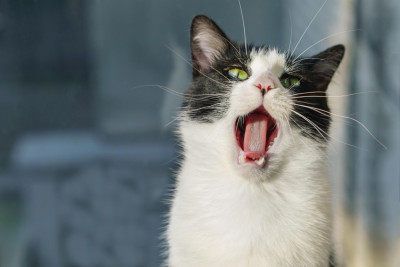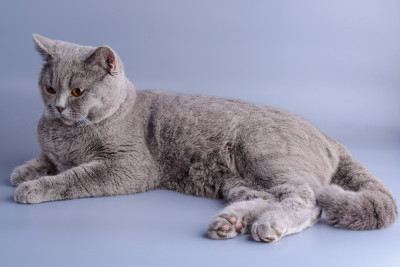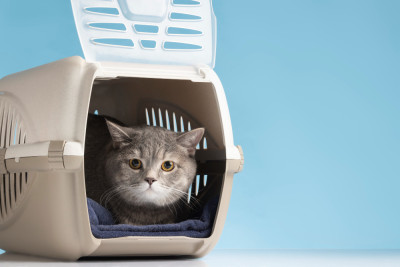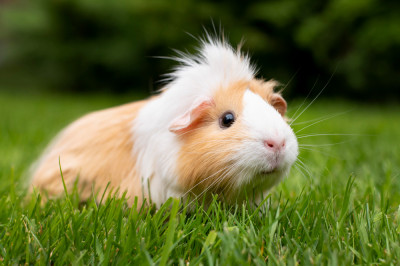Understanding the Basics of Cat Meowing
Meowing is a unique form of communication that cats reserve mainly for interactions with humans. This vocalization appears to be a learned behavior, evolving to facilitate communication between cats and their human companions.
To decode meows effectively, it's essential to recognize that not all meows are created equal. Cats use various vocalizations to convey different messages. Here are some common types of meows and their potential meanings:
-
The Greeting Meow: This is a brief, friendly meow that your cat may use to say hello when you return home. It signifies recognition and affection.
-
The Demanding Meow: Often accompanied by pacing or rubbing against your legs, this meow is your cat's way of saying, "Pay attention to me, I want something!"
-
The Hunger Meow: Cats are known for their punctual mealtime reminders. If your cat meows insistently around mealtime, they are letting you know it's time to eat.
-
The Playful Meow: When your cat feels playful and wants to engage with you, they may use a high-pitched, enthusiastic meow.
-
The Distressed Meow: A loud and persistent meow can indicate distress or discomfort. It's crucial to pay attention to these meows and investigate any potential issues.
-
The Affectionate Meow: Cats may use soft, purring meows to express contentment and a desire for affection.
-
The Conversation Meow: Some cats enjoy "talking" to their human companions, engaging in meow-filled conversations. While these meows can vary in meaning, they generally indicate a desire for interaction.
Consider the Context
Understanding a cat's meow involves not only the sound but also the context. The same meow can convey different messages based on the situation and your cat's body language. For instance, a demanding meow just before mealtime is clear, but the same meow near the litter box may indicate a different need, such as a clean box or a potential medical issue.
Observing your cat's behavior alongside their vocalizations is key. Pay attention to cues like tail position, ear orientation, and body posture to better grasp what your cat is trying to communicate.
Meowing as a Form of Manipulation
Cats are intelligent animals and quickly learn how to get what they want from their human companions. Some cats may use meowing as a form of manipulation. If they discover that meowing gets them attention or treats, they may employ this tactic more frequently.
To avoid reinforcing unwanted behavior, provide positive reinforcement for appropriate meowing while ignoring or redirecting excessive or demanding meowing. This helps maintain a harmonious relationship with your feline friend.
Decoding Specialized Meows
In addition to general meow types, some cats develop specialized meows or sounds unique to them. These sounds are often specific to certain situations or needs.
For instance, some cats have a distinct meow when they want to go outside, while others may have a specific meow for requesting access to a particular room. Over time, attentive cat owners can learn to recognize and respond to these specialized meows, deepening their bond with their pets.
The Significance of Vocalization Changes
Another aspect of decoding meows is paying attention to changes in your cat's vocalizations. If your cat suddenly meows more frequently, more loudly, or with different tones, it could indicate an underlying health issue. Cats may use meows to express discomfort, pain, or distress when something is wrong. Therefore, it's crucial to consult a veterinarian if you notice significant changes in your cat's meowing habits.
Conclusion
Decoding meows is a fascinating journey that allows cat owners to connect more deeply with their feline companions. While we may never fully unlock all the secrets of cat language, understanding the basics of meows and paying attention to context and behavior can help us better respond to our cats' needs and emotions. Each cat is unique, and over time, you'll develop your own personal "meow language" with your furry friend, strengthening the bond you share. So the next time your cat meows, take a moment to listen and respond—it's their way of talking to you and enhancing your special connection.







